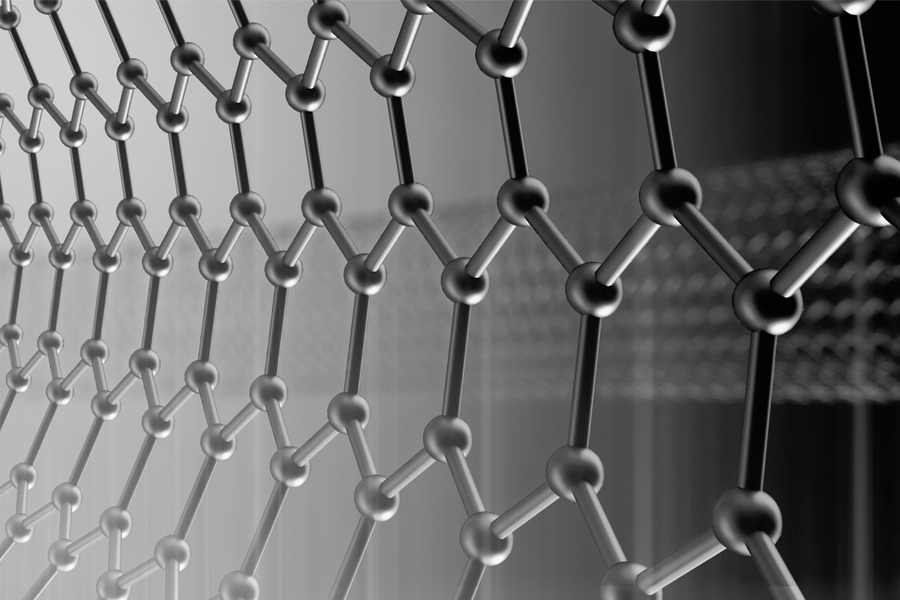Progress, however, has been slowed by the lack of collaboration. Research papers eventually appear, but the cited experiments are often difficult to reproduce. Meanwhile, the number of nanoelectronics graduates is insufficient to meet the potential demand.
On a website called nanoHUB housed on a cluster of computers at Purdue, an alternative, more collaborative, nanoelectronics future is emerging. Thousands of researchers, students, educators and industrial practitioners around the world are simultaneously running nanoelectronics experiments; visualizing data; and sharing simulations, tools and techniques.



